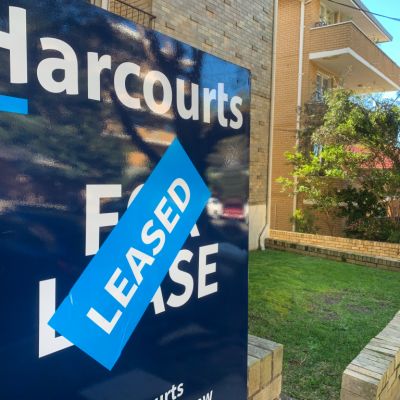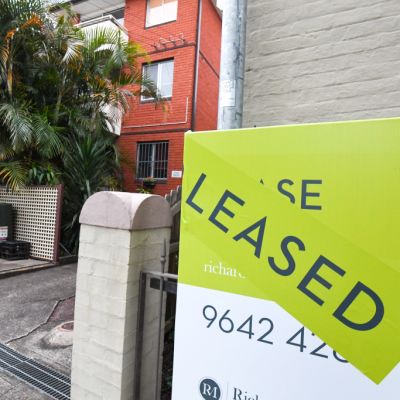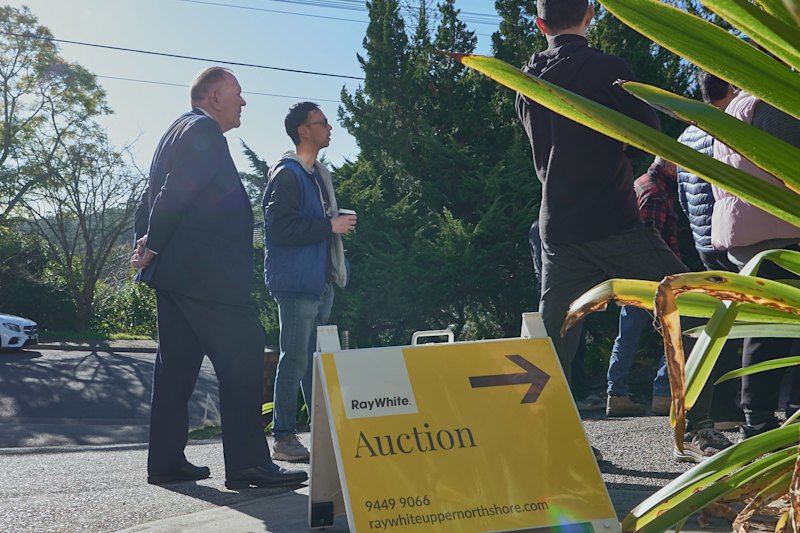Rental affordability declines back to pre-pandemic levels, prompting calls for rent control
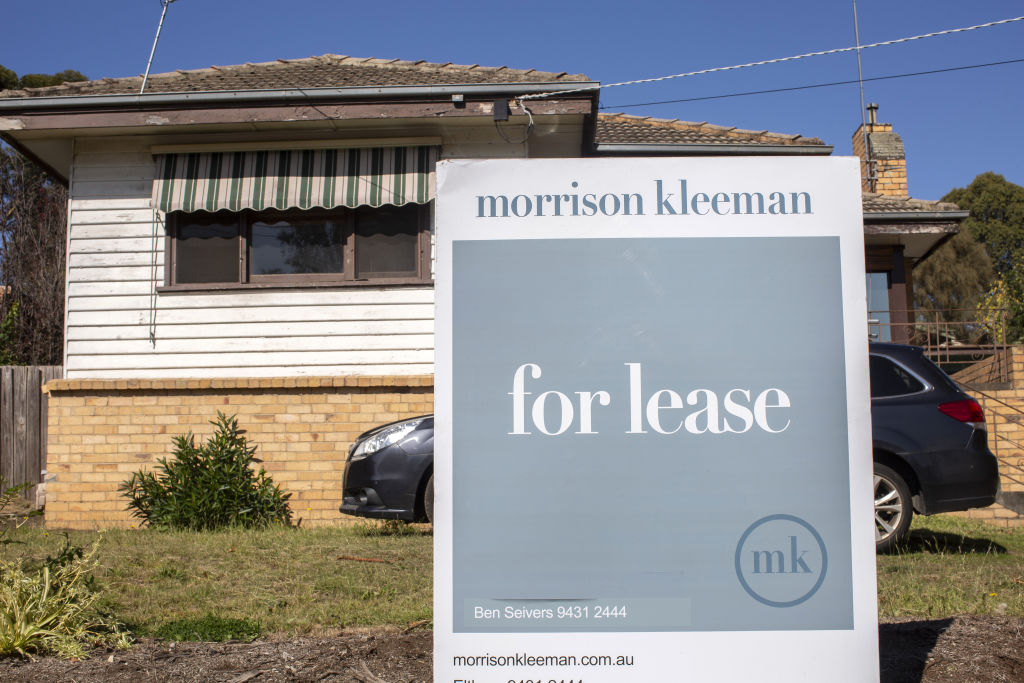
Rapidly rising rental prices are leaving a growing number of Australians in rental stress, with affordability for low-income households falling back to pre-pandemic levels, a new report has found.
Low and moderate-income households are facing moderate to extreme rental stress nationwide the latest Rental Affordability Index (RAI) shows, prompting calls for caps on rent hikes and more financial assistance to combat poor affordability.
Not a single rental in the country, outside of regional South Australia, was deemed affordable for a single or pensioner couple, a person on Jobseeker, or a single part-time working parent on benefits in the June quarter, according to the index by National Shelter, SGS Economics & Planning, the Brotherhood of St Laurence and Beyond Bank Australia.
Hospitality workers, student share houses, and a couple on the minimum wage would also find themselves in rental stress in multiple cities.

Hobart remained the least affordable city for renters, with even average tenant households on an income of $67,900 gross per annum needing to put 34 per cent of their income towards rent. It was followed by Adelaide, the ACT, Brisbane and Perth – which saw the greatest drop in affordability over the year.
Rental affordability is now worse than before the pandemic, said National Shelter executive officer Adrian Pisarski, with COVID taking a toll on renters and wiping out improvements made in previous years as a result of rent rises and income losses.
Low-income households had fared worst over the past year after seeing an improvement due to increased support payments the previous year, Mr Pisarski said.
The outlook was better for the average household. However, he warned tenants did not have to drop down the income scale very much before they ran into trouble.
In Perth, for instance, the average rental household, on a gross income of $90,700 per annum, would go from finding rents across much of the city acceptable or affordable, to moderately to extremely unaffordable if their income was to fall by $20,000.
“The averages mask much nastier problems for those on lower incomes,” he said.
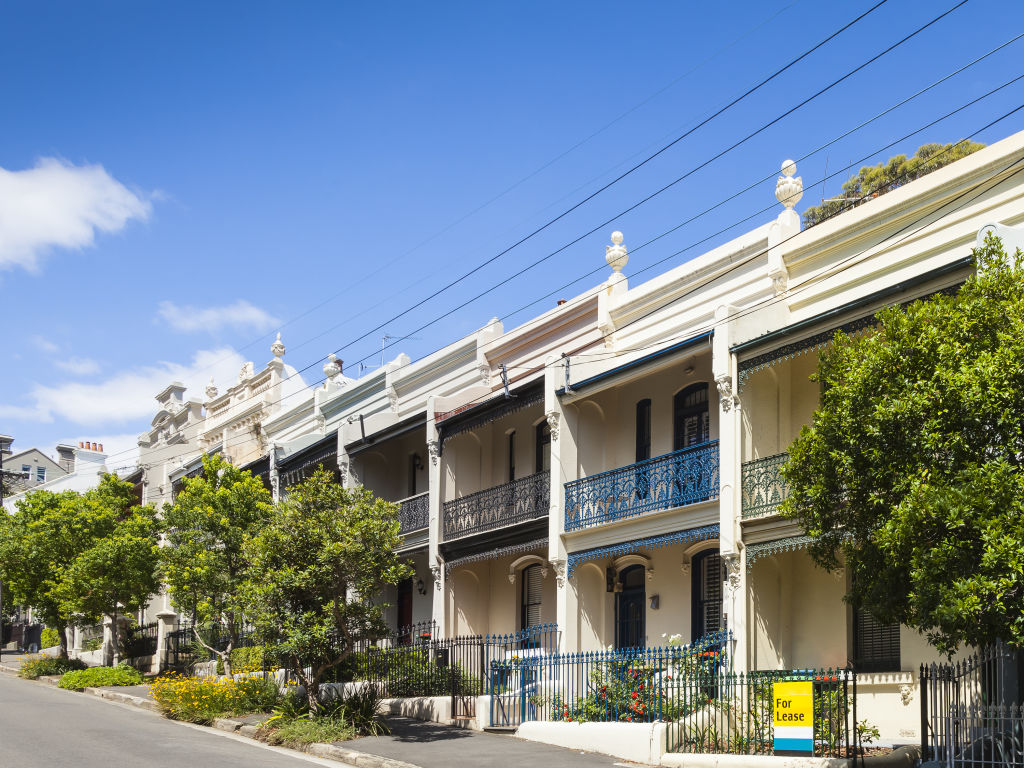
In Sydney and Melbourne rental affordability for the average household held steady and improved, respectively, over the past year, and is at its best in the nine years it has been measured by the index. However, the average household in Sydney still had to travel 15 kilometres from the CBD to find an acceptably priced two-bedroom home, or up to 40 kilometres to find a three-bedroom home.
Rents fell in the inner rings in both cities amid lockdown but increased in outer suburbs and regions, Mr Pisarski said, putting upward price pressure on more affordable regions where lower-income households typically lived. Rents were likely to rise further still as population growth returned to pre-pandemic levels.
“Lower-income households are getting displaced in those more traditionally affordable areas. It’s happening in the outer areas of our cities but also across the regions,” he said, with the index noting affordability had declined right across regional Australia.
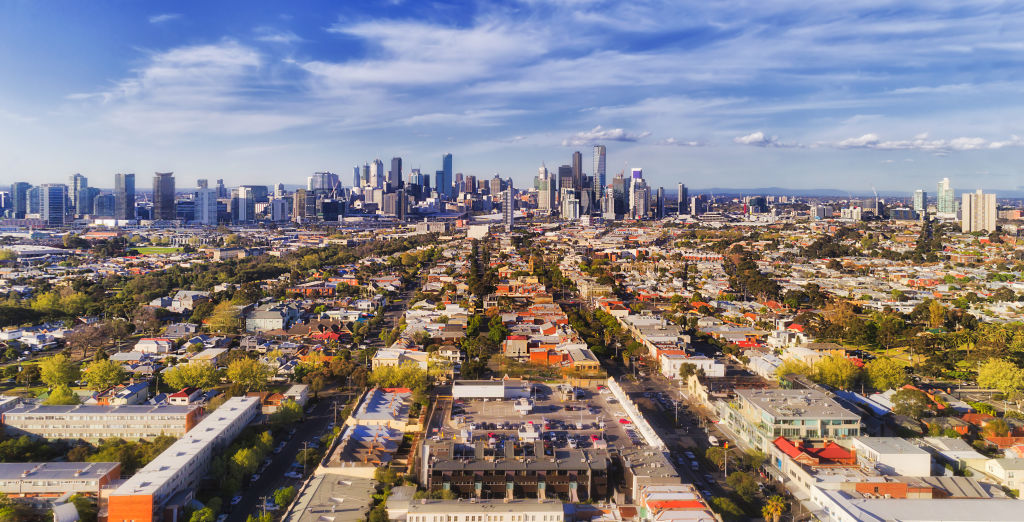
SGS Economics and Planning partner Ellen Witte, the lead author for the report, said the rush to tree and sea-change locations amid the pandemic had led to a dramatic deterioration in affordability in regional Australia, particularly in tourist areas already dealing with affordability issues in recent years as more rental properties had become short-term holiday rentals.
“We’ve been working with a lot of regional councils in NSW and Victoria to come up with strategies for worker accommodation because the working population is being priced out of the market,” she said.
Ms Witte said limiting rent increases to inflation and capping the frequency was needed to help the economic recovery from the pandemic, as was expanding the supply of social and affordable housing. Commonwealth Rent Assistance also needed to be increased, as it had not kept pace with rental prices, forcing lower-income earners further away from city centres often to areas that had poorer public transport to job opportunities.
“We really need to start thinking what our priorities are – finding people a roof to keep over their heads or looking at housing as an investment market,” she said.
Mr Pisarski agreed on the need for action, adding: “It may be time to be calling for rent controls to put a brake on unsustainable rents, at the very least Commonwealth Rent Assistance needs to rise by 50 per cent to allow households receiving it to retain a level of affordability.”
He also called for a National Housing Plan, much more social and affordable housing – which would support low-income earners and reduce price pressure on the private market – better tenancy laws, reforms of tax settings and new planning measures.
Rent regulation should be on the agenda for governments given rapid rent increases, said Chris Martin, a senior research fellow at the University of New South Wales’ City Futures Research Centre.
“Different ways of doing rent control should be considered … it hasn’t been a part of reviews of tenancy legislation for decades,” Dr Martin said, adding indexing rent rises to the consumer price index would make the most sense.
If such controls were to deter investors, as some in the industry fear, it would leave more room for first-home buyers and more scope for the affordable and social housing sector to deliver homes, which would in turn ease pressure on the private rental market, he said.
Rent assistance should also be increased and expanded, Dr Martin said, as price caps hadn’t moved in line with rents in decades and assistance is limited to those receiving social security payments. This left many lower-income earners – who are paying unaffordable rent – ineligible for help.
While the latter would be a more difficult reform, lifting rent assistance alone would not be enough to solve the problem.
We recommend
We thought you might like
States
Capital Cities
Capital Cities - Rentals
Popular Areas
Allhomes
More
